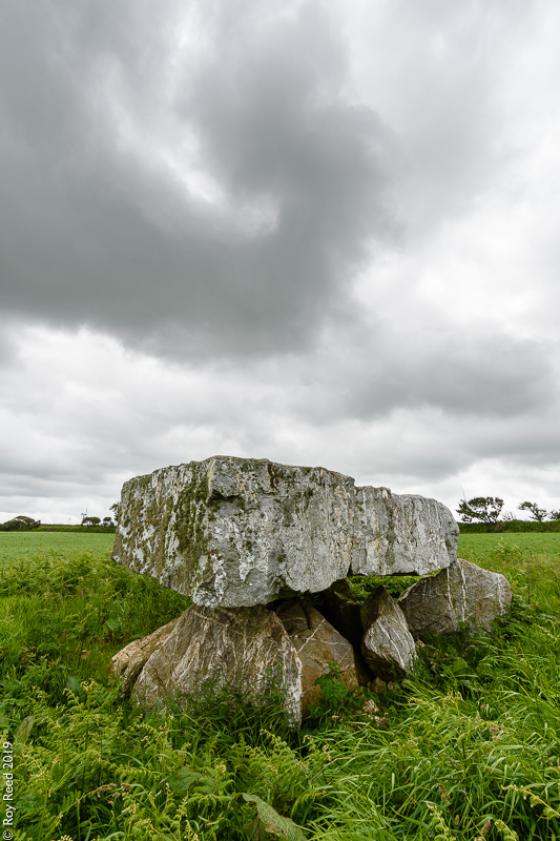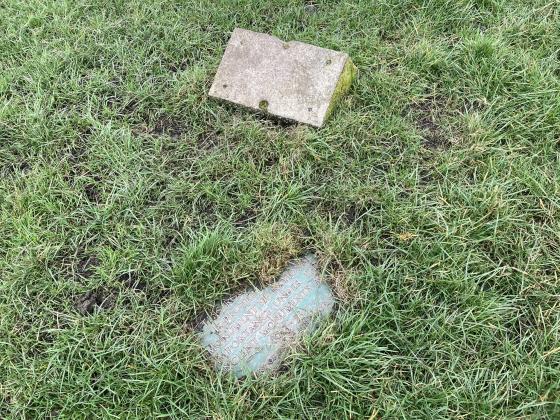And from thence they both went to Gelli Wic, in Cornwall, and took the leash made of Dillus Varvawc’s beard with
them, and they gave it into Arthur’s hand.
-Kilhwch and Olwen in Guest.
And from thence they both went to Gelli Wic, in Cornwall, and took the leash made of Dillus Varvawc’s beard with
them, and they gave it into Arthur’s hand.
-Kilhwch and Olwen in Guest.
Mentioned by Craig Weatherhill, in “Cornovia: Ancient Sites of Cornwall & Scilly” (Cornwall Books – 1985, revised 1997 & 2000) – “Kelly Rounds, or Castle Killibury, is a bivallate Iron Age hill fort 230m in diameter. The ramparts, each about 3.0m high externally, are widely spaced and fronted by ditches (often flooded) 1.8m deep. The north side of the fort is well preserved, but to the south of the lane the defences have been ploughed almost flat. The northern half of a rectangular annexe survives on the west side of the fort, the rest was obliterated by the building of the [Sandylands] farm. On the opposite side of the fort cropmarks and traces of two contiguous annexes have been detected. Excavations found the inner ditch to have been cut 2.8m into the bedrock. It also showed that the earliest occupation of the site was during the11 or 10th century BC. It is not known if this was before the defences were built. The fort has long been a leading candidate as the location of Arthur’s home fort of Kelliwic [along with Castle Canyke], but only two post-Roman sherds have been unearthed.”
Radio carbon dating has dated the hill fort occupation as between 400 and 100 BC. More carbon dating has dated a pre-hill fort occupation as between 1250 and 950 BC.
Killibury Castle could be the legendary site mentioned in Welsh Triads as Kelliwic (Celliwig) a possible site of King Arthur’s court.
It has a small double-banked, concentric hillfort dating back to the Iron Age.
Fragments of Mediterranean pottery found in the topsoil suggest occupation in the fifth or sixth century AD.
Discussion of Castle Killibury’s Arthurian Connection
By David Nash Ford.
The concept of King Arthur’s Capital is epitomised by the medieval Camelot, yet some of the earliest references to his court refer instead to the City of Celliwig, a name now associated with Killibury in Egloshayle, Cornwall.





































































































































































